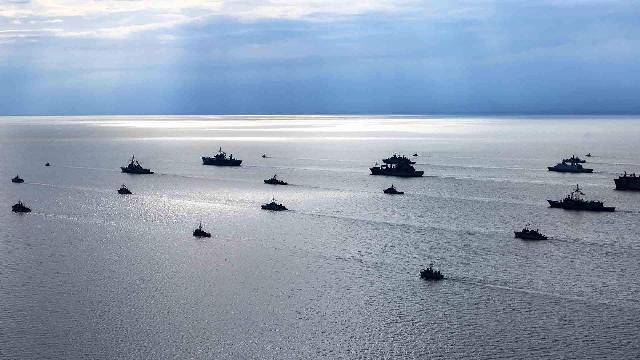NATO forces are testing the ability to paralyze Russian shipping in the Baltic
During the exercises of the forces of Estonia and NATO allies that took place on the island of Saaremaa, blocking the exit from the Gulf of Finland to the Baltic Sea could be practiced, experts interviewed by Izvestia said. In particular, mine-laying exercises were probably conducted. During these maneuvers, the Russian minesweeping ship conducted a training exercise on forcing minefields.
How did the Sunny Beach exercises go?
Sunny Beach military exercises were held in Estonia on the island of Saaremaa, about 300 km from St. Petersburg, in which the Estonian Navy and NATO allies took part. The maneuvers took place in the Baltic Sea on July 29 and 30.
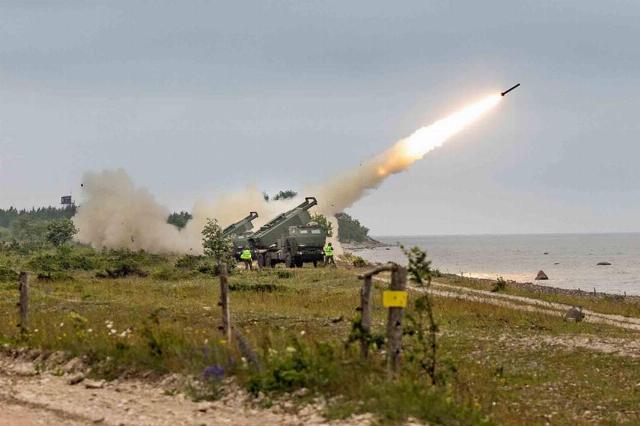
Photo: Estonian Defense Forces
Image source: iz.ru
During the training, scenarios for the protection of the island territory of Estonia were worked out. Blanks, practice grenades, and flares were used. Helicopters provided by NATO allies were also involved.
During the Sunny Beach naval exercise, the crew of the Russian minesweeping ship of the Baltic Fleet Alexander Obukhov conducted training at sea on mine search and detection using sonar stations and trawls.
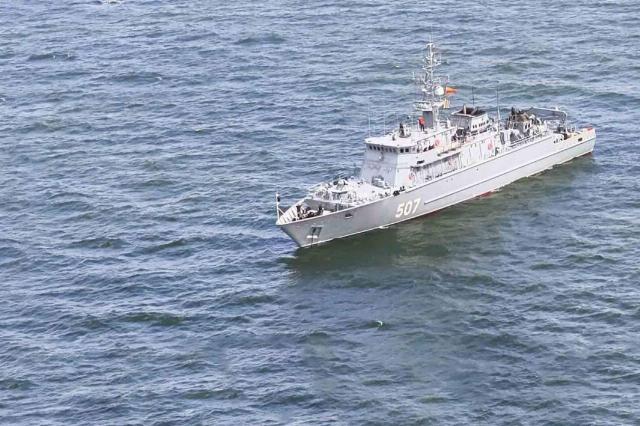
Minesweeping ship "Alexander Obukhov"
Image source: Photo: BF Press Service
As the press service of the Baltic Fleet informed Izvestia, the ship completed the tasks of setting contact and non-contact trawls and forcing a minefield. During the search, the crew discovered and destroyed training anchor and bottom mines. "In addition, a number of naval exercises and trainings were conducted on the minesweeping ship during its stay at sea. The crew carried out measures to combat survivability, conducted test exercises on air defense and anti—sabotage defense while parked in an unprotected raid, with practical grenade throwing," the press service reported.
Earlier, in mid-July, the first firing of HIMARS multiple rocket launchers, which the Allies provided to Estonia in the spring of this year, took place on the island of Saaremaa.
What threats to Russia were worked out at the Sunny Beach exercises
"Estonia's geographical location, especially taking into account the link with Finland across the gulf, makes it possible to quickly try to block access from the Gulf of Finland to the Baltic Sea in the event of a conflict and at least cut off Russia from communication with Kaliningrad," Ilya Kramnik, a researcher at the IMEMO RAS Center for Strategic Planning Studies, told Izvestia. — And more broadly, it depends on the possibility of using this maritime communication, which is important, among other things, for foreign trade. A significant part of our sea exports goes from the ports of St. Petersburg and the surrounding area through the Gulf of Finland to the Baltic. This is the main threat — a possible attempt to block our shipping in the Baltic.
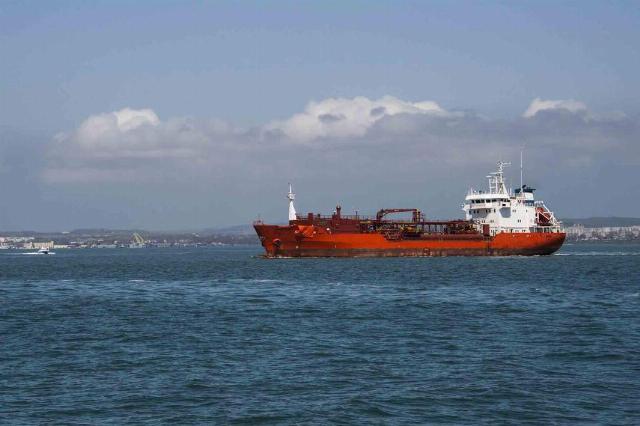
Photo: RIA Novosti/Dmitry Makeev
Image source: iz.ru
To stop this threat, it is necessary to increase the readiness of the Baltic Fleet and increase its strength, the expert added.
— Unfortunately, the Baltic Fleet is not numerous. Although it has a number of modern ships, there should be more of them so that it can perform tasks in full and ensure superiority where needed," concluded Ilya Kramnik.
Estonia has many islands in the Baltic Sea, the largest of which are Saaremaa and Hiiumaa. Almost every year, military exercises are held there, in which, in addition to Estonian units, military personnel from allied countries take part. The main mission of such exercises is to develop methods of defending the Estonian islands from an external "invader", which, according to legend, is Russia, Tigran Meloyan, an analyst at the HSE Center for Mediterranean Studies, told Izvestia.
"Among the main exercises of the enemy's naval units, we can single out the development of actions for mining marine areas, escorting ships, monitoring the marine situation and controlling surface waters," he explained. — With the advent of anti-ship missiles in Estonia, exercises also began to include the performance of firing training missions against naval targets. In addition, Estonia's adoption of six M142 HIMARS multiple launch rocket systems in April 2025, which were first tested on the island of Saaremaa on July 11, is considered to be an important milestone in strengthening Estonia's defense capability.
Photo: Global Look Press/Attila Husejnow
Image source: iz.ru
Among other things, as part of the increase in military mobility, active work is underway between Estonia and Poland and other Baltic countries to eliminate "bottlenecks," the expert continued. This is intended to improve the situation with timely supplies of fuel, food and water distribution in the event of an armed conflict.
According to the former chief of Staff of the Baltic Fleet, Vice Admiral Alexander Brazhnik, NATO countries are preparing plans to blockade the Kaliningrad region.
— They have plans to turn the exclave of the Kaliningrad region into a war zone. They are preparing to strike at infrastructure and military installations in the region. We have air defense systems capable of repelling air strikes. But the territory of the Kaliningrad region is practically shot through by artillery. But the plans of the Baltic Fleet and the 11th Army Corps take this into account, and therefore the necessary protective structures are being built.
According to him, the July Storm exercises, held on July 23-26 this year in the Baltic Sea, demonstrated to NATO forces our capabilities not only to defend ourselves, but also to deliver crushing blows even without the use of nuclear weapons.
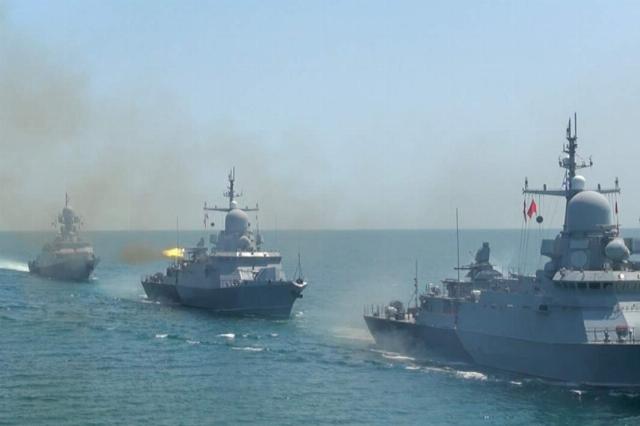
Photo: TASS
Image source: iz.ru
The maneuvers in the Baltic region are taking place against the background of aggressive statements by NATO representatives. So in mid-July, the commander of the US army in Europe and Africa, General Christopher Donahue, said that the Kaliningrad region was surrounded on all sides by the countries of the alliance, and the allies could "wipe it off the face of the earth." "We've already planned and developed this," Donahue said.
Earlier this year, the neutral waters of the Baltic Sea became the subject of increased NATO interest. Polish Prime Minister Donald Tusk announced the alliance's intention to extend its control over them in January after the end of the summit of the Baltic region bloc countries. According to him, consultations have already begun to discuss the legal possibilities of "controlling vessels" located outside the territorial waters of the countries.
Roman Kretsul
Semyon Boikov
